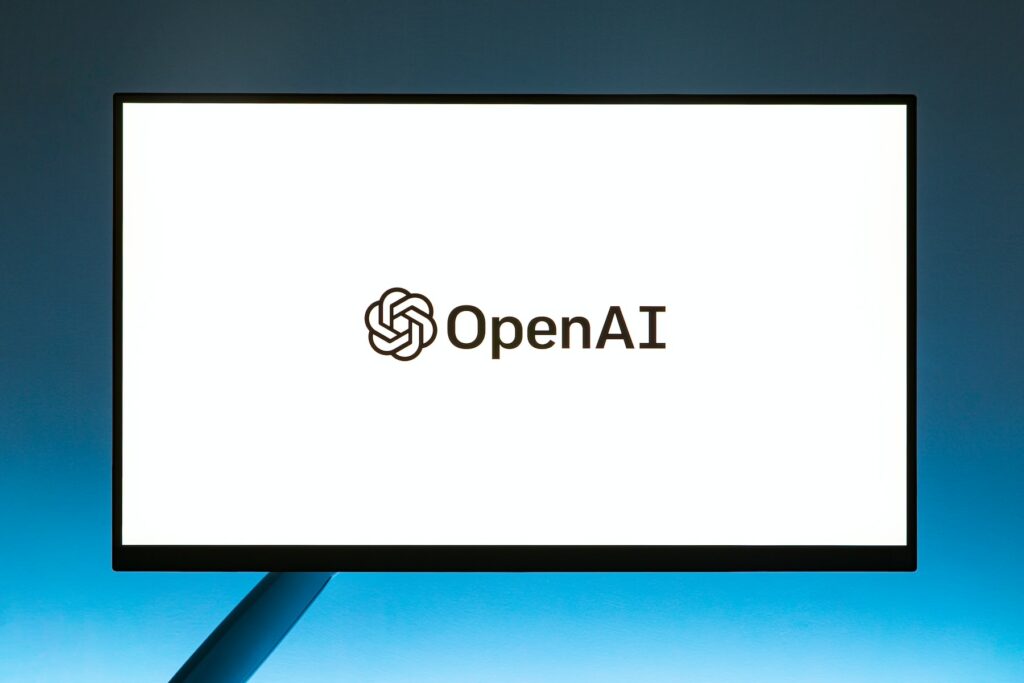![The ‘Giveaway Piggy Back Scam’ In Full Swing [2022]](https://www.cjco.com.au/wp-content/uploads/pexels-nataliya-vaitkevich-7172791-1-scaled-2-683x1024.jpg)

Assessing the Limitations and Potential of Large Language Models in Structured Data Generation: Introducing STRUCBENCH

As Seen On
Large Language Models (LLMs) have transformed our realm by extending their profound capabilities to a variety of Natural Language Processing (NLP) tasks – ultimately aiding in efficient text creation. Leveraging their extraordinary generative capacity, LLMs have the potential to revolutionize how we comprehend, formulate, and present information. Nevertheless, the ability of these models to generate complex structured data leaves room for exploration and enhancement.
Previous research has underscored the limitations of LLMs, particularly their incapability to produce intricate structured outputs efficiently. Being in nascent stages, the current research landscape presents gaps that magnify the urgency for a more comprehensive understanding of LLMs’ ability in creating structured data. However, as the adage goes, “what gets measured gets improved”; assessing the true potential of LLMs for structured data generation has emerged as a critical requirement.
In the landscape of LLMs, several Early assessments utilized pre-trained models like BART and T5 to deal with text-to-data conundrums, focusing primarily on Information Extraction (IE) tasks. The pivotal role of these tasks lies in transforming unstructured data into structured forms to facilitate processing and analysis. Despite these earnest attempts, the task-centric methodology exhibited certain shortcomings, especially concerning structured data generation.
An abundance of existing benchmarks leans heavily on more simplistic metrics such as word overlap, revealing an inadequacy in their robustness when it comes to the evaluation of structured data generation. This signals the need for an advanced assessment measure that keeps in view the format, context, and the semantic and encoded information housed in the produced data.
We, therefore, embarked on a quest to bridge these literature gaps, improve the training datasets, refine the assessment criteria for LLMs producing structured outputs, and most importantly, bring to life a comprehensive benchmark – the STRUCBENCH. This endeavor aimed to provide researchers with a gateway to delve into the intricacies of LLMs and their potential in structured data generation.
Our research contributed to the field by establishing STRUCBENCH, which innovatively focuses on generating structured texts in raw text, HTML, and LaTeX formats. Coupled with an extensive evaluation of known LLMs, the study offered valuable insights on common mistake types and unearthed dimensions of potential flaws inherent in extant models.
Interestingly, our findings encompassed more advanced Large Language Models like GPT-3.5 & GPT-4. Despite their sophisticated features, our research discerned their struggle in producing precise and error-free outputs, with issues primarily stemming from content discrepancies.
In an evolving discipline like AI, it’s paramount to continue advancing our understanding and shaping the way forward. Large Language Models, with all their possibilities and limitations, remain an intriguing area of exploration in the quest for seamless text creation and data structuring.
We encourage you, our valued readers, to voice your thoughts, share this article across your channels, and connect with our team to delve further into the exciting world of LLMs and structured data generation. Let’s join hands in illuminating the vast potential and addressing the limitations that dwell in the labyrinth of Large Language Models.
Casey Jones
Up until working with Casey, we had only had poor to mediocre experiences outsourcing work to agencies. Casey & the team at CJ&CO are the exception to the rule.
Communication was beyond great, his understanding of our vision was phenomenal, and instead of needing babysitting like the other agencies we worked with, he was not only completely dependable but also gave us sound suggestions on how to get better results, at the risk of us not needing him for the initial job we requested (absolute gem).
This has truly been the first time we worked with someone outside of our business that quickly grasped our vision, and that I could completely forget about and would still deliver above expectations.
I honestly can't wait to work in many more projects together!
Disclaimer
*The information this blog provides is for general informational purposes only and is not intended as financial or professional advice. The information may not reflect current developments and may be changed or updated without notice. Any opinions expressed on this blog are the author’s own and do not necessarily reflect the views of the author’s employer or any other organization. You should not act or rely on any information contained in this blog without first seeking the advice of a professional. No representation or warranty, express or implied, is made as to the accuracy or completeness of the information contained in this blog. The author and affiliated parties assume no liability for any errors or omissions.

